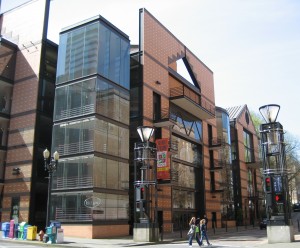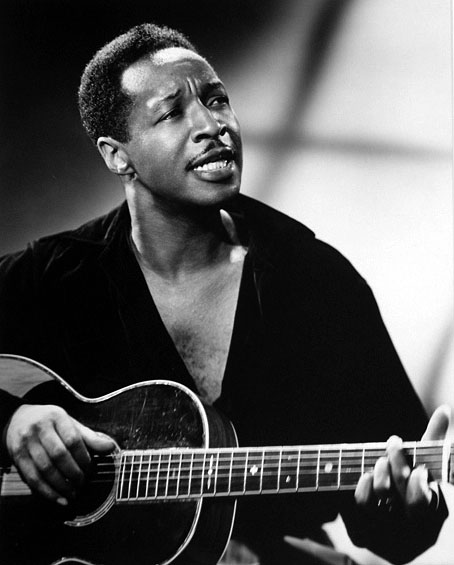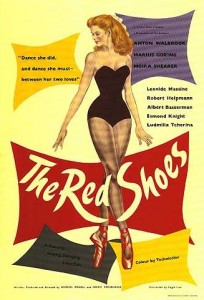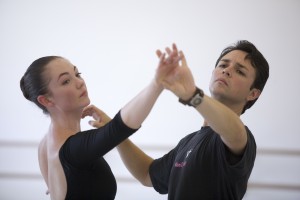 I have been devoted to newspapers since — oh, since I was 6 or 7 and getting caught up in the ongoing adventures of Gasoline Alley and Our Boarding House and Little Orphan Annie and other daily heirs to The Yellow Kid.
I have been devoted to newspapers since — oh, since I was 6 or 7 and getting caught up in the ongoing adventures of Gasoline Alley and Our Boarding House and Little Orphan Annie and other daily heirs to The Yellow Kid.
My print addiction built with my childhood passion for baseball and the after-game quotations of heroes such as Ted Williams, whose fondest phrase, as passed along by sportswriters and dutifully cleaned up by copy editors, was “blankety-blank” — as in, “That blankety-blank umpire couldn’t call a blankety-blank pitch in a blankety-blank grade school game!”
Those were the days.
And these are these days, when the daily newspaper is teetering on the brink of (choose one or more):
— Irrelevance.
— Extinction.
— Rebirth.
 Not a lot of people are betting on that third option. By the time I bailed out of the full-time journalism racket almost a year ago, after nearly 40 years of writing and editing for other people’s publications, we in the working press had pretty much taken to referring to ourselves (or at least, our institutions) as the Titanic, muttering with grim humor about rearranging the deck chairs.
Not a lot of people are betting on that third option. By the time I bailed out of the full-time journalism racket almost a year ago, after nearly 40 years of writing and editing for other people’s publications, we in the working press had pretty much taken to referring to ourselves (or at least, our institutions) as the Titanic, muttering with grim humor about rearranging the deck chairs.
And we did so in pretty much a vast silence, as onetime readers and never-bothereds ignored our flailings in droves — at the same time our advertisers were scuttling toward the greener pastures of Craigslist and television and direct mail and, if we were lucky, those preprinted inserts that arrive on your sidewalk with the morning news but don’t pay the newspaper what an old-fashioned ad on the page pays.
Long before Wall Street’s spectacular tumble, newspapers started taking it on the chin. Massive layoffs and buyouts, from the Washington Post to the New York Times (100 lopped from the newsroom) to the Los Angeles Times to The Oregonian, where I was one of nearly 30 members — all with decades of experience — of the Buyout Class of 2007. Now The Oregonian is in the process of another huge voluntary buyout, cutting 50 people from the newsroom and lots more in other departments. In Portland and across the country, it’s a journalistic brain drain of astonishing proportions.
What brought a great American institution to such a pass? Over at Culture Shock, the sharply inquisitive blogger Mighty Toy Cannon has begun a fascinating conversation on newspapers and readership and the link between a critical press and a city’s cultural life. It’s a great discussion, right up Art Scatter’s alley, and I encourage you to join the fray. But the existence of broad and lively cultural coverage in the local press also depends on the health and stability of the press in general, and that’s a deeper discussion. So here goes. You’re going to read a lot of generalizations here, and a lot of tentative ideas. But it’s a start. Feel free to pitch in.
Continue reading Newspapers: Leaner, meaner, livelier or else
















